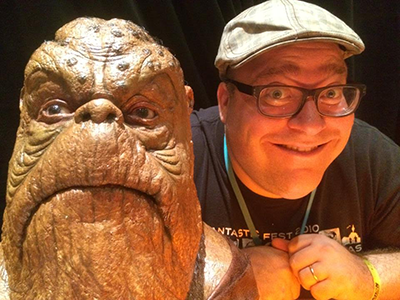
“Autumn Sonata” was something of an inside baseball joke at my house growing up. We were among the first on the block to get a VCR. Something of a rarity, as my family was (and still isn’t) a very techno-advanced group. But we had a VCR, a huge hulking silver machine, before your family ever heard of one. (And lucky for us the coin my parents flipped turned up heads and we went with VHS instead of Beta.) So. . .there we are. . .a family with two young children (I was, what, six?) and my father is putzing around with wires in the back of the TV. Finally (after much grunting and swearing) the machine blinks on. It works! We got the jiffy-pop going and . . .”Autumn Sonata????” What kind of crack was my mother smoking?!? I wanted to watch Herbie The Love Bug, instead I get a chamber piece about generational misunderstanding and sublimated anger!
So now it is twenty-five years later and I am an official Bergman enthusiast, but I’d never gone back and revisited this first film that, technically, I’d already seen — although all I did was fidget on the couch and whine that we weren’t watching something with a talking car. (For the record, my Father was on the same side as my sister and me.) “Autumn Sonata” is one of Bergman’s more literal films. A chamber piece — not a “filmed play” as one might mistakenly surmise. Extensive use of close-ups, elliptical memory flashes and subtle changes of light make this a definitive work of the cinema. But it is, I grant you, mostly two women (Liv Ullman and Ingrid Bergman) staying up late one night and having it out with each other over a bottle of wine. The conflicts on display are pure soap opera, but the presentation is like the Chopin prelude that each woman performs — bursting with restrained emotion.
If you don’t like Bergman you won’t like this movie. But I drank the Kool-Aid when I first saw “Wild Strawberries” in college, so there’s little hope for me.







